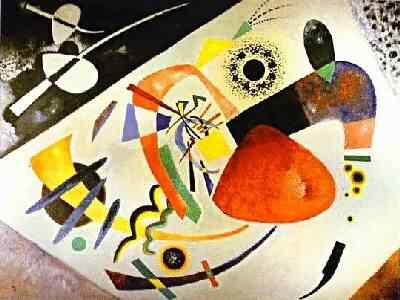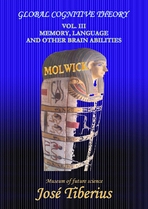3. Brain memory types
There are various classifications according to different criteria.
The presentation does not have an exhaustive nor exclusive character. Some varieties do not appear, and those mentioned may appear in several categories to keep the exposition as simple as possible.
The memory has several degrees of temporal retention of data. Over time, some data disappear. Other information is harder to find, and it is not as exact as it was previously. Sometimes, not only it is inexact, but instead, it is reconstructing the data.
3.a) Conscious cognitive processes
3.a.1. Instantaneous memory
It contains all the accessible information in real time, immediately. Although it may seem otherwise, this brain memory is extensive; all the information constantly used in daily life is here. Some of its main elements are:
-
Normal information such as where things are located, pending tasks, routines.
-
The preconceptions making up a part of the character or personality
-
Automatic response programs loaded in a short period when waking up. Semantic memory and other special memories also are instantaneous when they are active.
-
Special automatic response programs like driving or other dangerous situations that load when needed
-
The working memory operates with logic or intelligence. This memory is limited, and its optimum operation implies the use of three or four variables simultaneously. When thinking and performing logical operations with more than five variables, it takes a long time to advance.
-
The auxiliary working memory corresponds to all the variables that are available to load in the working memory. The information about the subject the brain is working pertains to this category.
The automatism of this configuration allows for the simultaneous performance of various tasks; the conscious is similar to the computer's interface and the unconscious to programs residing in the instantaneous memory. Therefore, the more automatic the cerebral processes or the computer programs are, the freer the conscious, or the more straightforward the program's interface will be.

However, this simplicity has a disadvantage; computer's automatism sometimes does not let the user know what it has done or why. It is always necessary to have a general knowledge of how computers work, and the only way to achieve it is with practice and time.
A related issue is communication between the unconscious and the conscious through dreams. It usually uses images about preconceptions that both understand, but also it uses images of recent events that are still in short-term memory.
3.a.2. Specialized memory
This category includes the types of special long-term memories for automatic loading in instantaneous memory; although they are not very compressed and have their multidimensional systems of reference.
Examples of special memories are semantic memory, specific visual memory, the archive of the preconceptions, and pre-established quick response programs such as emotions.
